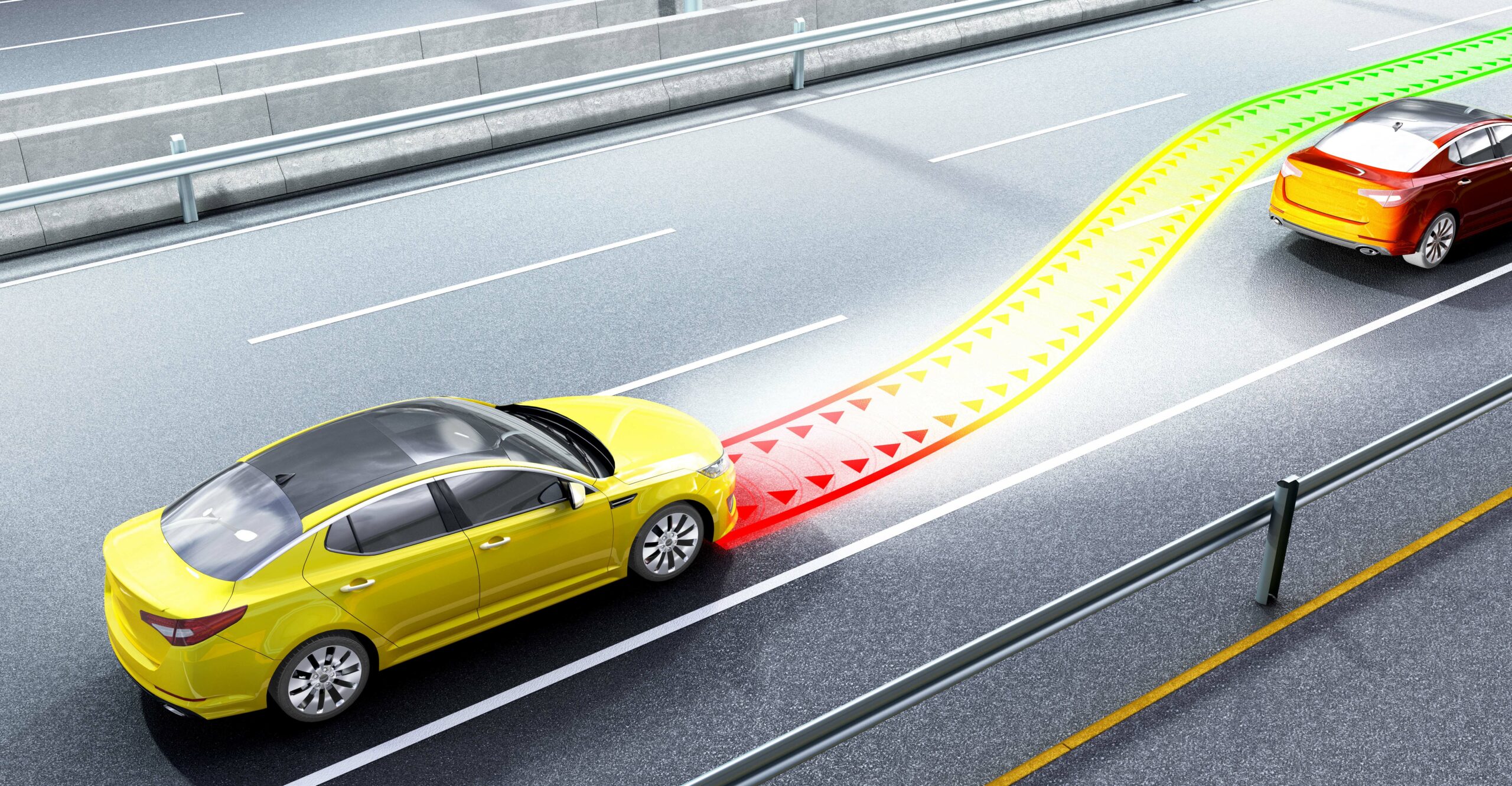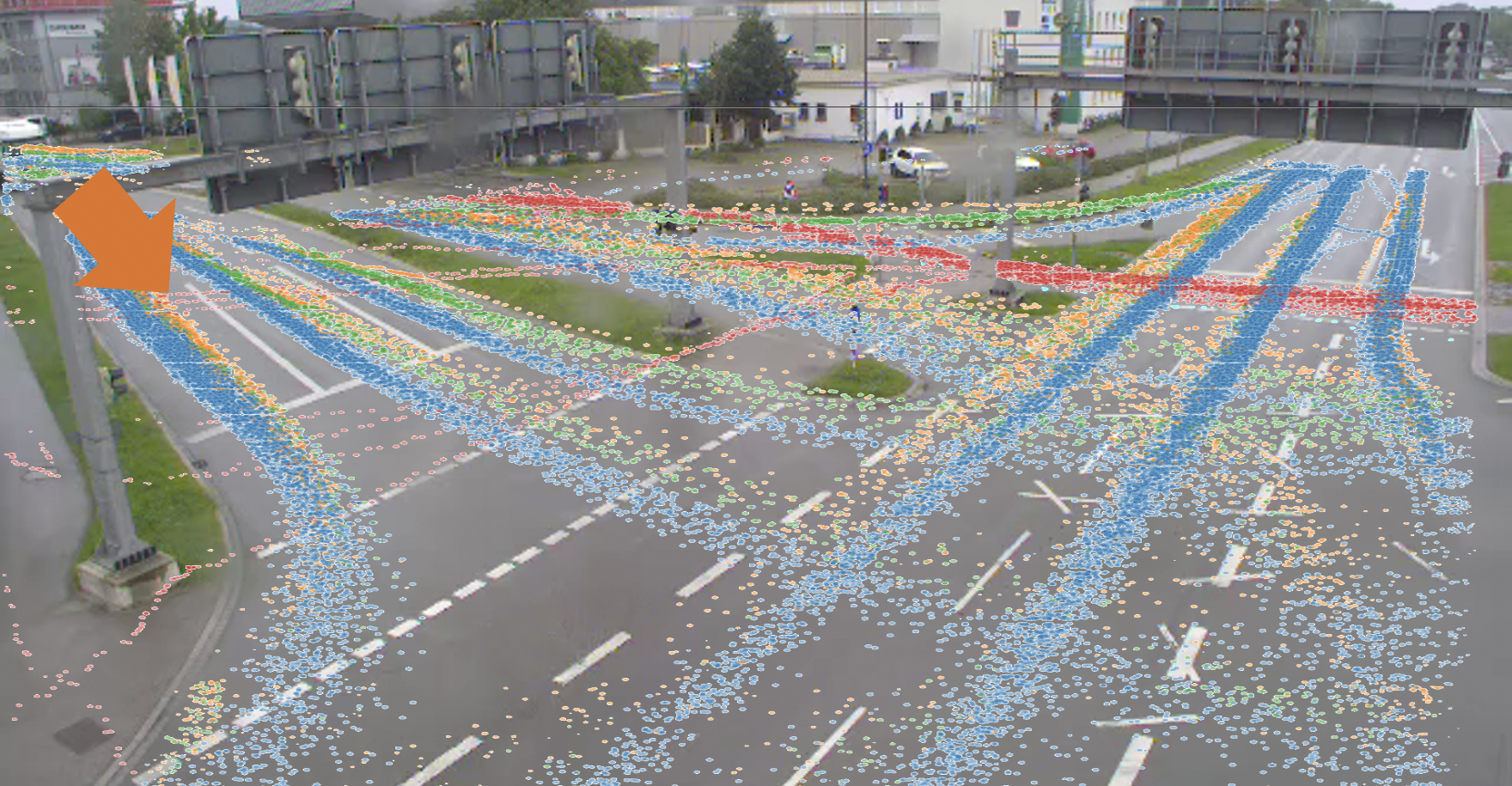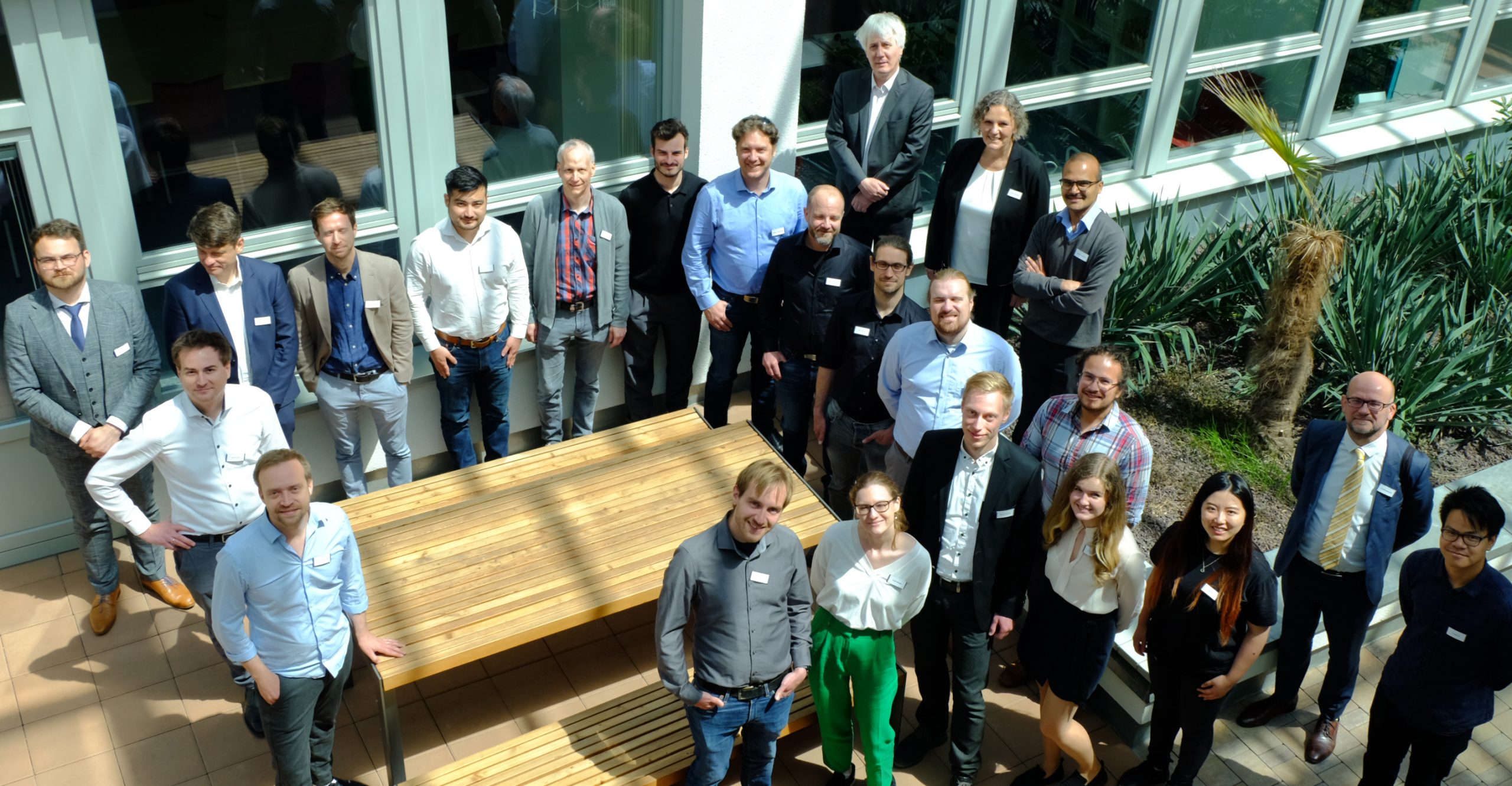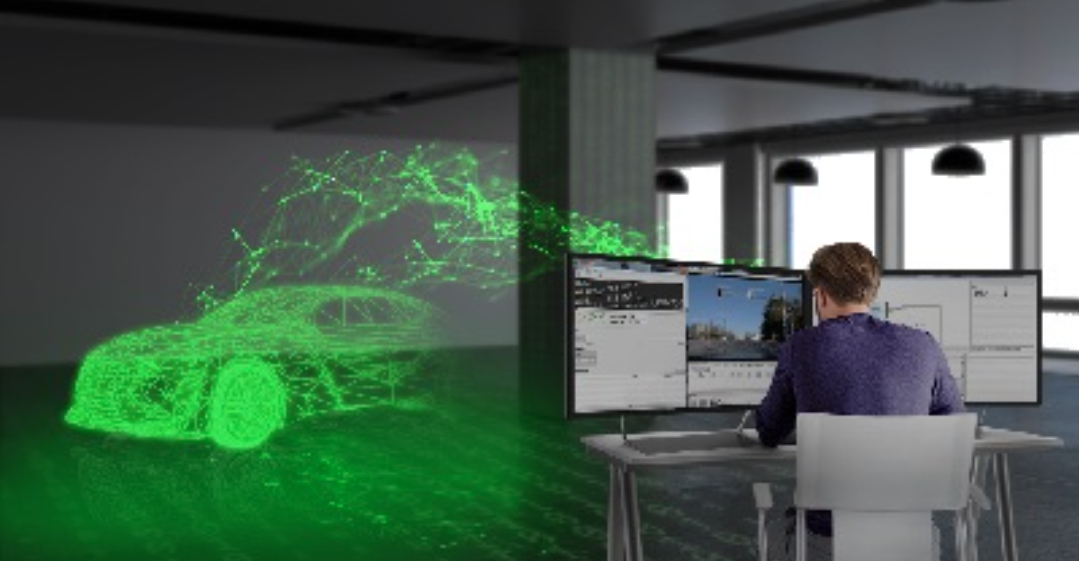
How traffic data will enable new mobility services
To warn of dangerous situations, avoid traffic jams, make autonomous vehicles more intelligent, and analyze traffic: These are just some of the reasons why we need traffic data. It lays the foundation for new intelligent services.
Digital twins require enormous amounts of data. Whether digital information stems from radar, lidar, or camera systems: The position and speed of trucks, cars, and motorcycles are stored in the digital twin and can be anonymously retrieved and analyzed at any time. Service development is not about monitoring individuals, but rather about analyzing the overall situation, in which many vehicles and the stationary systems along the road communicate with each other and exchange data. The Providentia researchers have new services, application scenarios, and business models in mind. Drivers, highway operators, scientists, and car manufacturers all stand to benefit equally from these services in the future.
Here are some possible value-added services:
1. Warning of risk of collision and looking ahead
Providentia++ extends the capability of in-vehicle sensors through external information from sensor stations equipped with cameras, radars, and, in the future, lidars. This will enable drivers to react to traffic situations earlier than before. The more the infrastructure is expanded, the more predictable traffic will become.
2. Improving traffic flow
Connected vehicles are able to “understand” the current traffic situation and anticipate how traffic will develop. This also has consequences for conventional vehicles that are not yet equipped with sensor technology and do not have access to external traffic data through Providentia++. In the future, this connectivity can lead to autonomous vehicles on the highway changing lanes earlier when there are indications of slower traffic, and beginning to slow down even before the traffic volume increases. Taken as a whole, autonomous vehicles will therefore contribute to better traffic flow and ultimately enable more vehicles to travel along the highway in a given period of time. This increases the “throughput,” which is particularly relevant for highway operators.
3. Controlling traffic with autonomous vehicles
The observation of traffic between the overhead highway signs on the A9 generates a great deal of current movement and position data, which can be analyzed with the help of artificial intelligence (AI). From the behavior of the vehicles, the system learns which driving style is best for ensuring smooth traffic flow or avoiding accidents. The aim of the scientists is to find out how vehicles should be controlled in so-called mixed traffic, that is, in traffic with both conventional and autonomous vehicles.
4. Exchanging real-time data between vehicle and infrastructure
Vehicles, cameras, and radar systems all collect data on the highway. Taken together, this data provides a good picture of the current traffic situation. Car manufacturers and suppliers can use the data from the digital twin in their vehicles to conduct so-called real-world tests.
5. Analyzing traffic with autonomous vehicles
Because autonomous vehicles have an overview of the entire traffic situation and can react proactively, they change the traffic. This leads other drivers to adapt – to avoid frequent lane changes, for example, and to drive more slowly in order to stay in their lane.
FURTHER CURRENT TOPICS

Cognition Factory: Evaluate and visualize camera data
Since the beginning of research on the digital twin, AI specialist Cognition Factory GmbH has focused on processing camera data. In the meantime Dr. Claus Lenz has deployed a large-scale platform

Digital real-time twin of traffic: ready for series production
Expand the test track, deploy new sensors, decentralize software architecture, fuse sensor data for 24/7 operation of a real-time digital twin, and make data packets public: TU Munich has decisively advanced the Providentia++ research project.

Elektrobit: Coining Test Lab to stationary data
Elektrobit lays the foundation for Big Data evaluations of traffic data. Simon Tiedemann on the developments in P++.
